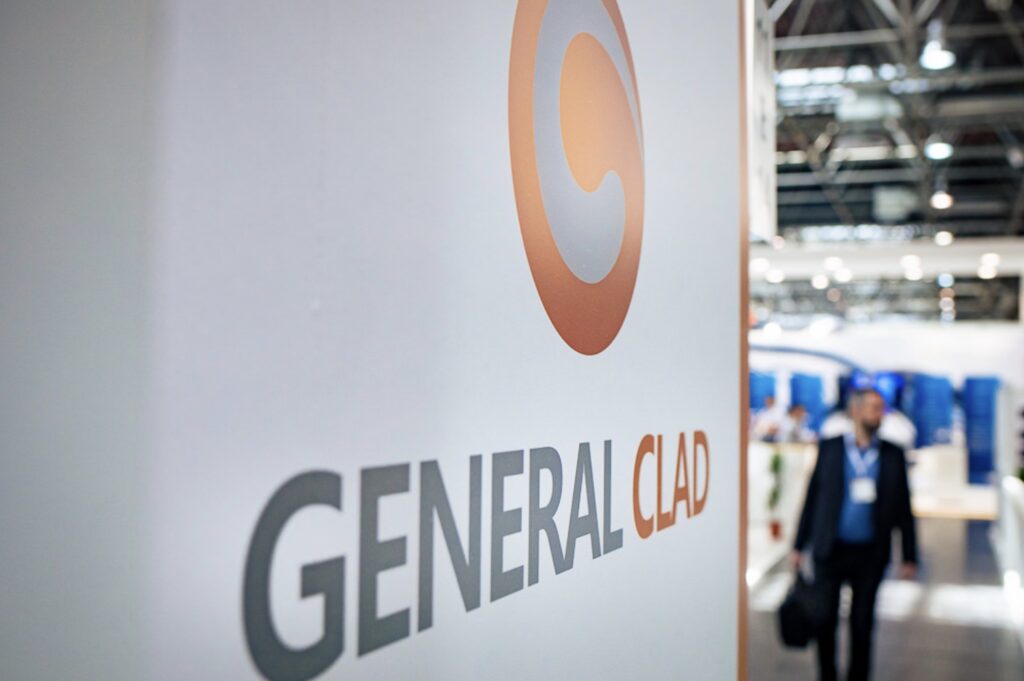The comparison between copper-clad steel tracing wire and traditional tracing wire reveals significant differences. Understanding these differences helps industries make informed choices.
First, let’s examine the material composition. Copper-clad steel wire consists of a steel core coated with a layer of copper. In contrast, traditional tracing wire is usually made entirely of copper or aluminum.
The conductivity of copper-clad steel wire is noteworthy. The copper layer provides excellent conductivity, while the steel core enhances strength. Traditional copper wire offers high conductivity as well, but it lacks the added tensile strength of steel.
Next, consider durability and longevity. Copper-clad steel wire exhibits superior resistance to environmental factors. It can withstand harsh conditions, reducing the need for frequent replacements compared to traditional wire.
Cost is another critical factor in this comparison. Copper-clad steel wire often comes at a lower price point than pure copper wire. This affordability makes it an attractive option for budget-conscious projects.
Moreover, the weight of the wires plays a role in their application. Copper-clad steel wire is generally heavier due to the steel core. This weight can be beneficial in certain applications, providing stability and reducing the risk of damage.
In terms of installation, copper-clad steel wire can be easier to handle. Its strength allows for more straightforward installation in various environments. Traditional wire may require additional precautions to prevent damage during installation.
Next, let’s discuss corrosion resistance. Copper-clad steel wire has a protective copper layer that helps resist corrosion. Traditional copper wire, while resistant to corrosion, can still degrade over time, especially in harsh environments.
The recycling potential of these wires is also worth noting. Copper-clad steel wire can be recycled effectively, recouping some of the initial investment. Traditional copper wire is highly recyclable as well, but the market value may fluctuate based on copper prices.
In terms of performance, both types of wire serve specific applications effectively. Copper-clad steel wire is ideal for grounding and bonding applications. Traditional wire is often preferred in scenarios requiring maximum conductivity.
Another important aspect is safety. Copper-clad steel wire provides reliable grounding solutions, enhancing safety in electrical systems. Traditional wire also offers safety benefits but may not provide the same level of strength in extreme conditions.
Furthermore, the market demand for these wires varies. The rise of renewable energy and infrastructure projects increases the need for copper-clad steel wire. Traditional wire remains in demand, particularly in telecommunications and electrical applications.
Innovations in manufacturing processes also impact this comparison. Advances in producing copper-clad steel wire improve quality and efficiency. Traditional wire manufacturing has also evolved, focusing on enhancing conductivity and reducing costs.
Finally, the choice between these wires often depends on specific project requirements. Factors such as budget, application, and environmental conditions influence decisions. Evaluating these criteria helps industries select the most suitable wire for their needs.
In conclusion, the comparative study of copper-clad steel tracing wire and traditional tracing wire highlights key differences. While both wires offer unique advantages, copper-clad steel wire provides enhanced strength and cost-effectiveness. Understanding these factors enables industries to make informed decisions that align with their specific needs and applications. As technology advances, the relevance of both types of wire will continue to evolve, shaping their roles in various sectors.

